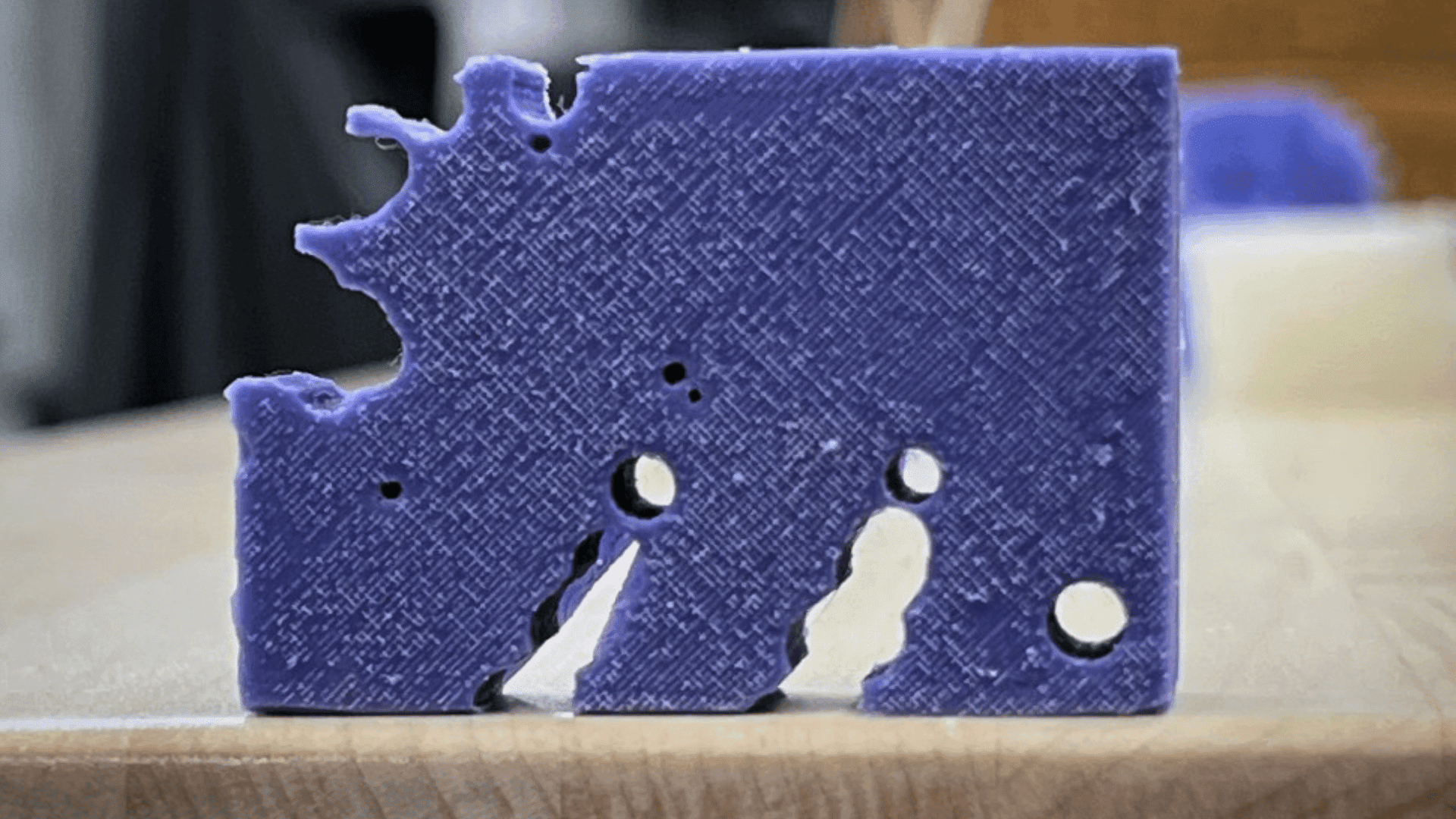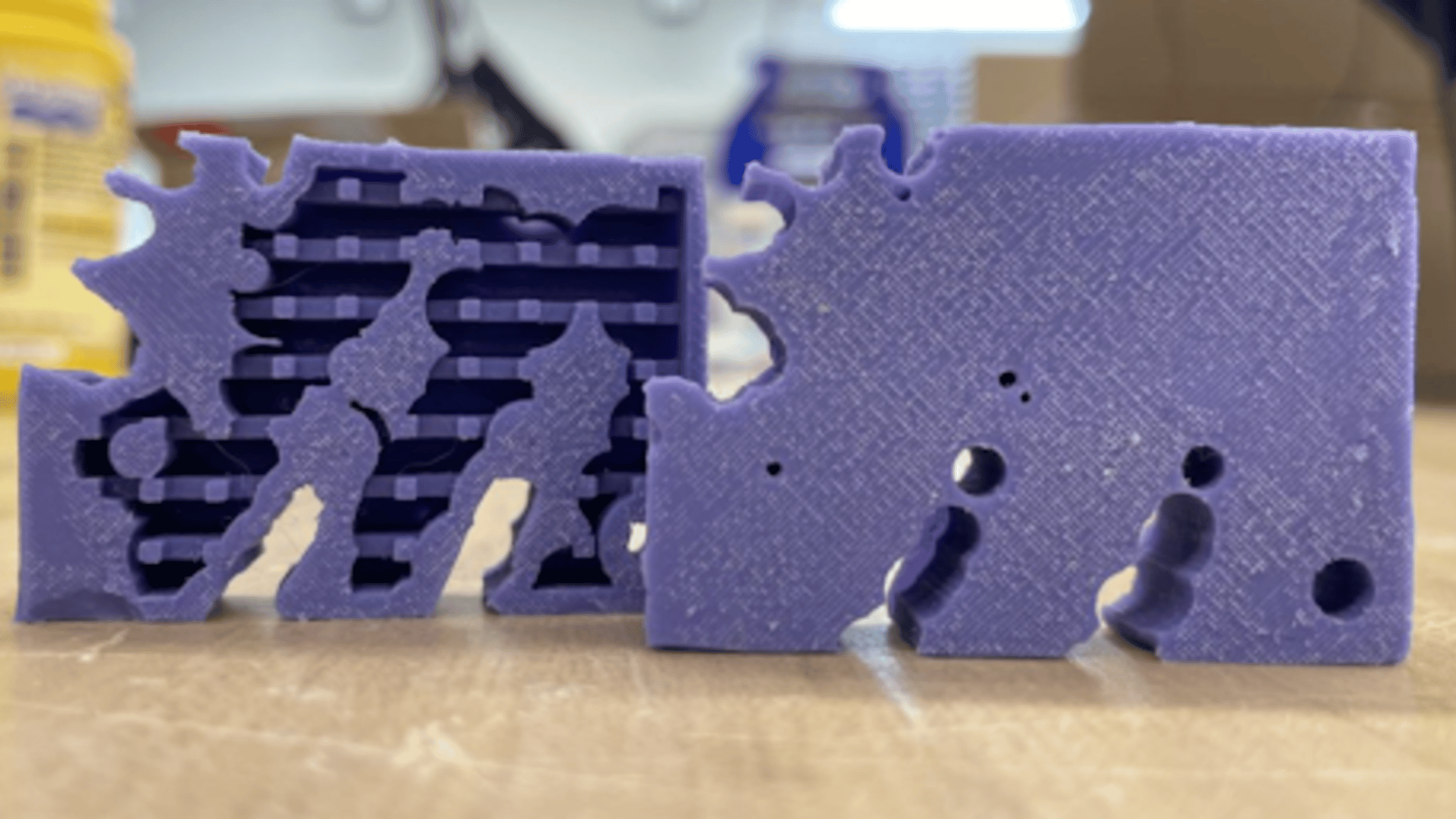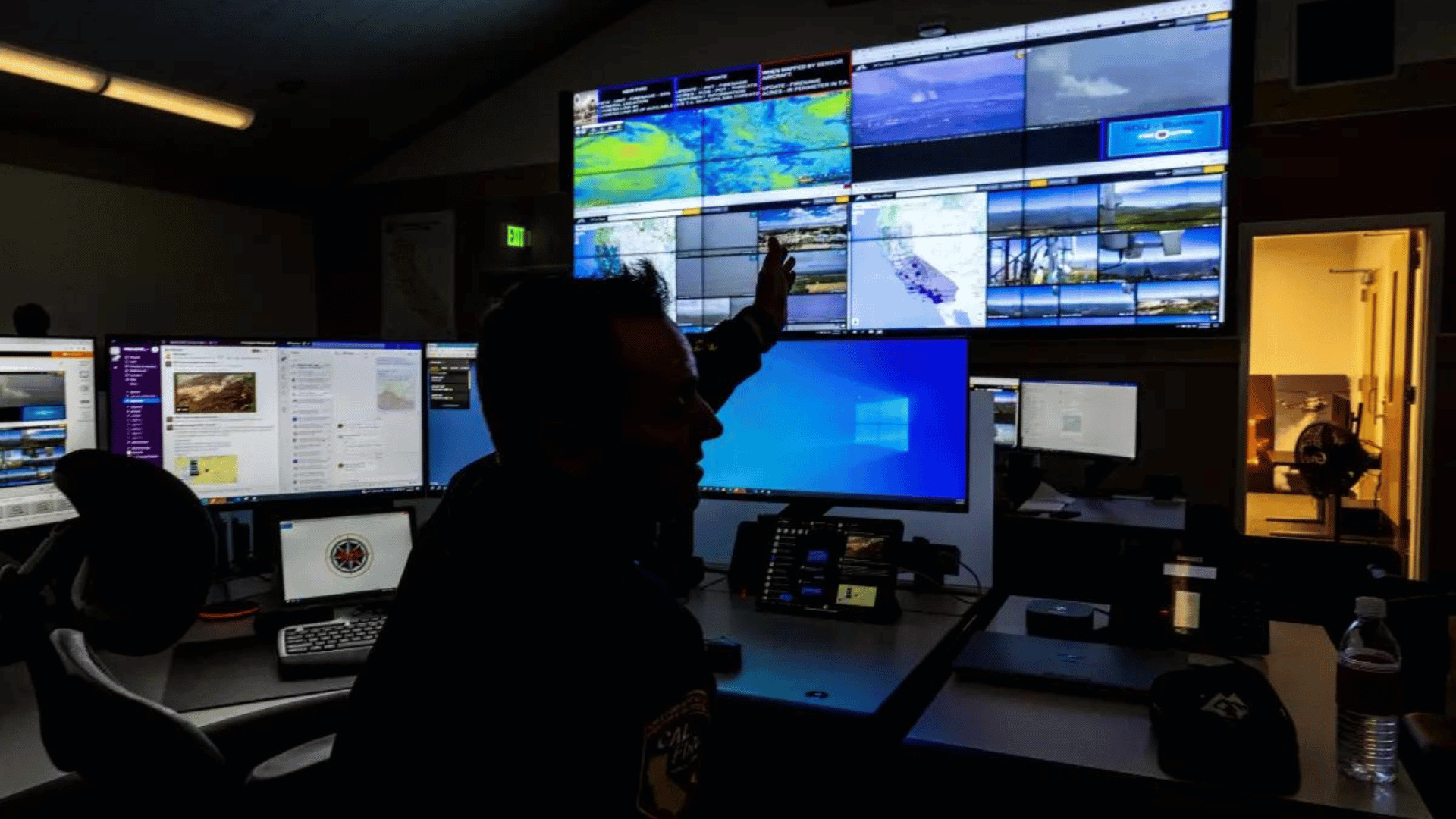A team of researchers led by Northwestern University has developed the world’s first AI that can intelligently design robots from scratch.

In order to test the new AI, the research team gave the system a simple prompt – design a robot that can walk across a flat surface. The new algorithm was able to successfully design a walking robot in a matter of seconds.
The AI program isn’t just fast, it also runs on a lightweight personal computer. This contrasts other AI systems which often require energy-hungry supercomputers and large datasets. It also contrasts other systems that are connected to human creativity and aren’t able to generate new ideas.
“When people look at this robot, they might see a useless gadget. I see the birth of a brand-new organism,” stated Sam Kriegman, assistant professor of computer science, mechanical engineering, and chemical and biological engineering at Northwestern’s McCormick School of Engineering and member of the Center for Robotics and Biosystems.
The robot design is small, squishy, misshapen, and made of inorganic material. The computer went through a few iterations in its development process, starting with a block approximately the size of a bar of soap.
The first design could jiggle but not walk, so the AI adapted its design by identifying flaws and updating the structure. Each iteration of the design got a little more sophisticated, it could bounce in place, then hop forward, then shuffle.

“We discovered a very fast AI-driven design algorithm that bypasses the traffic jams of evolution, without falling back on the bias of human designers,” said Kriegman, who led the work. “We told the AI that we wanted a robot that could walk across land. Then we simply pressed a button and presto! It generated a blueprint for a robot in the blink of an eye that looks nothing like any animal that has ever walked the earth. I call this process ‘instant evolution.’”
Finally, after nine attempts, the robot could walk half its body length per second. The entirety of the design process took 26 seconds on a laptop.
“Now anyone can watch evolution in action as AI generates better and better robot bodies in real-time,” Kriegman said. “Evolving robots previously required weeks of trial and error on a supercomputer, and of course, before any animals could run, swim, or fly around our world, there were billions upon billions of years of trial and error. This is because evolution has no foresight. It cannot see into the future to know if a specific mutation will be beneficial or catastrophic. We found a way to remove this blindfold, thereby compressing billions of years of evolution into an instant.”
After the design was complete, the team used it as a blueprint and 3D printed a mold of the negative space around the robot’s body. They filled the mold with liquid silicone rubber and let it cure for a few hours.
They filled the rubber robot’s body with air, making its legs expand. As air deflated from the robot’s body, the legs contracted and caused slow but steady forward movement.
Researchers noted that though the robot has what could be considered legs, the abstract nature of the design could have interesting implications regarding how AI could impact the future of design.
“When humans design robots, we tend to design them to look like familiar objects,” Kriegman said. “But AI can create new possibilities and new paths forward that humans have never even considered. It could help us think and dream differently. And this might help us solve some of the most difficult problems we face.”







